Patterns are everywhere. The repeated arrangement of shapes, lines, and colors can frequently be found in nature, such as in the ocean’s waves or a tree’s branches and spirals. Or in man-made creations like cushion covers, floor tiles, and pajamas.
When you think about packaging and branding, it’s likely that logos, typography, colors, and photographs come to mind first. But as you’ll discover in this article, you can also use patterns to further connect with and influence your target market.
So stick around to learn about pattern design basics, where to source ideas, and how to use patterns for standout product packaging.
Elements of Pattern Design
Before we go deeper into the use of patterns, let’s examine the customizable parts that make them suitable for your packaging purposes:
1. Motifs
Motifs refer to the individual elements in a design, such as geometric shapes, lines, florals, and so on.
2. Color palette
Your pattern’s color combination should match your official brand colors.
3. Spacing
Patterns involve motifs with spaces—typically precise distances—between each other.
4. Layout
You can lay out motifs in the following ways:
|
Layout Pattern |
Example |
|
Directional: one-way (you can view the pattern only one way) or two-way (the pattern looks the same if you turn it 180 degrees or upside down)
|
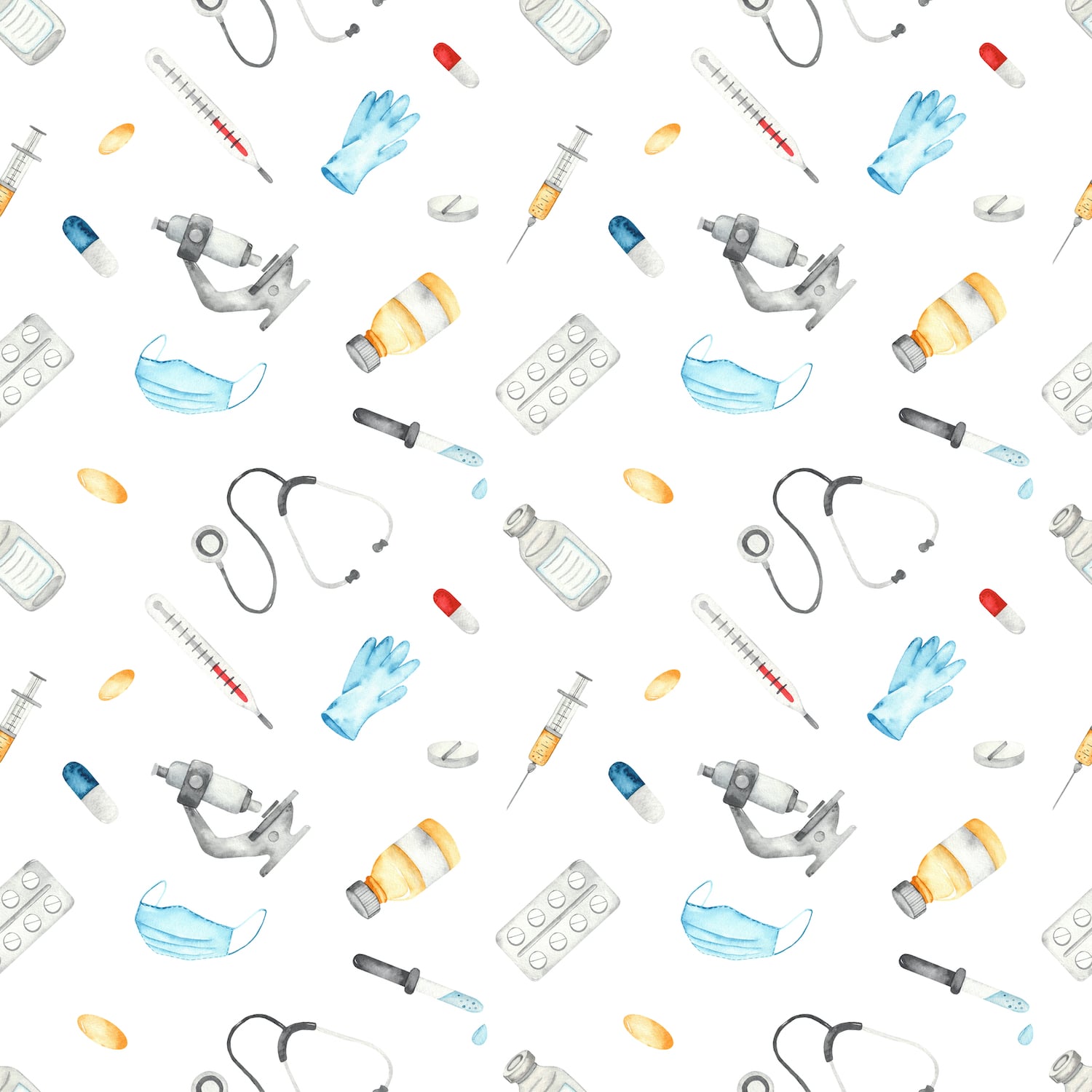
One-way directional pattern Two-way directional pattern |
|
Non- or multi-directional: the pattern repeats from any angle
|
Non- or multi-directional pattern |
|
Tossed: random placement of motifs
|
|
5. Repeat
The various repeat patterns include:
|
Repeat Pattern |
Example |
|
Straight or square repeat: evenly spaced in a straight line
|
|
|
Half-drop repeat: columns of pattern motifs drop down halfway vertically to the next image
|
|
|
Brick repeat: similar to the half-drop repeat but applied horizontally |
|
|
Mirrored repeat: a motif appears side by side with its duplicate facing the opposite direction, either vertically or horizontally |
|
Why Use Patterns in Packaging Design
The repetition of symbols and colors in a harmonious order is relatable, often producing a pleasurable experience. You can harness this characteristic of patterns in the following ways:
Enliven your design
Minimalism is appealing, but pattern and repetition also draw attention by adding texture, depth, and movement to your primary business symbols.
Improve brand recognition
Choosing a pattern that aligns with your brand story and color palette—considering that color boosts recognition by 87%—can give the public something to remember about your company besides your logo and the product’s name.
Besides being more memorable, patterns can distinguish your product from others in the same category.
Reinforce your brand values
Your pattern’s shapes and colors communicate what your business stands for—whether it’s elegance, playfulness, or sustainability—and the personality you wish to project. Research shows that such brand consistency can increase business revenues by 20%.
12 Websites to Find Stunning Patterns
While you can hire a packaging designer to create a pattern customized for your brand, you can start searching online for the most prevalent styles and see what you can adopt for your packaging. Get ready for a pattern overload from these websites:
1. The Pattern Library
Graphic designer Claudio Guglieri and creative developer Tim Holman set up The Pattern Library as an ongoing project, where creatives can share and derive tileable patterns. The site allows you to download the tile image in gif format.
2. Vecteezy
Over 1.6 million free and Pro (subscription-based) vector graphics await you when you click “Vectors” from Vecteezy’s main menu and choose “Pattern.” Some of its categories include seamless, line, wave, retro, kids, camouflage, geometric, and abstract patterns.
3. Canva
Typing “patterns” on Canva’s search bar will display templates you can freely use or purchase to tailor-fit your business and serve as a box template that can help frame your packaging artwork.
4. Spoonflower
Spoonflower is an online print-on-demand company that customizes design prints for fabric, home decor, and wallpaper. Its community includes 25,000 independent artists, interior designers, small business owners, and DIY hobbyists.
5. Patterncooler
Graphic artist Harvey Rayner is behind PatternCooler, another online resource for editable patterns (300 by 300 pixels). The website’s color and theme generator tabs have sliding tools for customizing the pattern’s colors, saturation, and motif randomness. License plans are available if you wish to use any of his patterns commercially.
6. Patternbank
Patternbank is a surface pattern and textile design website with a filter system for searching ideas—over 75,000 of them. Surface design refers to images showing artwork patterns for decorating various surfaces.
Under its “Giftware/Stationery” link, you’ll find options such as ethnic, conversationals (novelty print featuring recognizable objects), camouflage, texture, tribal, and border.
7. Artlandia
Artlandia’s Pattern Central has a collection of patterns from various categories, including naturalistic, abstract, and geometric. It also developed plug-ins for making repeat patterns in Adobe Illustrator and Photoshop.
8. Dinpattern
Dinpattern describes itself as an “ever-growing” seamless pattern library maintained and updated by designer Evan Eckard. Image files containing the motifs are free to download, but they’re for screen use only.
9. Pinterest
Because you can pin almost everything on Pinterest, the visual discovery engine has a wealth of pattern design inspiration, pattern art, and pattern illustration. On its search bar, type “surface design” then bookmark or save your favorite image pins for future reference. 85% of Pinners use the platform to start a new project.
10. Dribbble
Graphic, web, and UX designers have portfolios on Dribbble. Because designers retain rights to their work, you must get permission from the pattern’s designer before using their artwork.
11. Behance
An Adobe platform, Behance provides another online community for creative professionals, including surface designers.
12. Eye on Design
This website—run by the American Institute of Graphic Arts—has several sections on everything about design from the professional community, including the latest updates about branding and patterns.
2023 Top Trending Patterns in Packaging Design
The websites above showcase talent from across America and the world. However, as a business owner, you may be wondering if there are specific patterns currently enjoying widespread adoption. Packaging design circles say these three patterns are gaining popularity among brands:
Wrap-around pattern
Health, beverage, cosmetics, and personal care brands are leading the pack in using this pattern, which features lines and waves that cover the entire surface of the product’s retail packaging. Curiosity motivates shoppers to pick up the item and explore the design 360 degrees or from every side of the container. You can apply this pattern using custom labels or print the wrap-around pattern design directly on sleeves, custom paper bags, and other box types.
Memphis pattern
Making a comeback is the 1980s Memphis pattern style characterized by bright and multiple colors and oversized geometric shapes, curves, and lines. A group led by Italian architect and designer Ettore Sottsass a.k.a. Memphis Milano developed this retro aesthetic to oppose the 1960s minimalist design and 1970s modernism. Fashion brands and interior designers were behind its resurgence to evoke nostalgia, cheer, and individualism.
Folk botanical pattern
Current designs feature flowers, fruits, leaves, and vines drawn in unrefined, shaky doodles with rough textures and unexpected color combinations.
How to Choose a Pattern for Business Branding
How can you find the right pattern to improve your existing packaging design? These four steps can get you started:
1. Establish your brand’s visual identity
What needs does your product or business fulfill for your consumers? Understand your brand identity thoroughly, then choose a motif that aligns with your branding.
2. Research
Visit the websites and platforms we listed above to discover trends. Also, observe what’s around your home, your favorite hangout (diner or coffee shop), and your neighborhood—your surroundings can be rich sources of ideas.
Most importantly, check out your competitors’ product packaging to ensure you come up with a distinct pattern design.
3. Choose a concept or theme
Once you’re done with research, choose a motif, pattern layout, and repeat type.
4. Experiment and refine
Try different shapes, layouts, and color combinations. Designers use software such as Adobe Illustrator and Procreate for their digital sketches. Meanwhile, you can create a mood board (a physical or digital one) where you can compile illustrations, photography, color swatches, stationery pieces, or even fabrics representing what you want to incorporate in your pattern.
Although you should ideally use your brand’s color palette, you can experiment with shades other than your official colors when using patterns. However, your chosen hues should still be relevant and enticing to your target audience. For instance, bright-colored stripes would be more pleasing to younger (or young at heart) and fun-loving consumers, while a more mature or high-end crowd would prefer muted colors or even a monochrome color scheme.
Another color contrast tip: you can render older brand motifs or symbols in their opposite tone (a duller tone of your original bright pattern and vice versa). With 75% of companies rebranding since 2020, your business may want to consider this idea when adding patterns or revitalizing your visual identity.
Also, examine your negative space or background and see if you can add something new, such as texture or smaller motifs.
Then create a mock-up and test the pattern, getting feedback from colleagues or clients.
Pattern Generators for Experimenting
Besides visiting the sites we recommended above, you can use online tools to create your patterns, even without design experience. Try these user-friendly platforms and let your creative side run free.
Patternizer
Are you planning to feature stripes on your packaging? Patternizer lets you play with two colors and its slider controls to manipulate opacity, width, gap (distance between stripes), and offset.
Pattern Monster
Pattern Monster is your go-to site if you want to discover and experiment with patterns featuring lines and geometric shapes.
Tabbied
To explore ideas using Tabbied, browse their gallery, then choose an artwork to “redraw” using their tools to change the color palette, motif size, and repeat style. You can then download your final pattern design as a .png file.
Repper
Repper is a pattern creator that lets you create patterns using tile images from the website or your collection. You can select from various effects and color adjustment options.
WowPatterns Pattern Maker
WowPatterns has 27 categories of over 2,500 handcrafted patterns and a pattern maker with tools that allow you to alter the tiling style, rotation (angle), and color adjustments of the motifs, whether from the site or your files. You can download the pattern’s tile or surface image in .png or .jpg format with a maximum resolution of 5,000 pixels.
How to Use a Pattern Design Effectively
For your chosen pattern to work on your packaging design, remember these tips:
Balance it with other details
Pick a pattern that doesn’t overwhelm your other packaging design elements, such as your logo, product name, or product description. This way, the written text and visuals can still be easy to read and understand.
Let patterns highlight other elements
While you can use patterns to bring together various shapes and other symbols of your design or offer aesthetic comfort (because repetition creates familiarity and consistency), patterns can also direct the consumer’s vision toward portions of the package you want to emphasize, such as text describing your product’s top features or its ingredients.
Differentiate product variants using pattern designs
Do you have several variations of your product? Choose colors and textures to represent or signify variants of goods, such as chocolate, coffee, soap, and fragrances.
Make your pattern scalable
Ensure your motifs, colors, and layout stay sharp when applied on a larger scale. Designers typically render patterns and line art in vector format to retain their high quality regardless of resizing.
Pick an Expert for Your Packaging’s Pattern Design
Businesses will continue to compete against each other through packaging, with recent data showing that budgets are set to rise 5.4% between 2022 and 2024 after a 3% rise from 2020 to 2022. Brands can expect patterns to stay influential as a design element in the years to come amid the thriving surface design industry. While US-based statistics aren’t available, over 3,000 designers worldwide belong to the Surface Design Association.
By following our tips, you can also use patterns to boost your branded packaging. Whether your idea is just germinating or a designer has developed a pattern design for you, Refine Packaging can make your motifs and colors come alive with our custom boxes and high-quality printing.
Our team can discuss your project given your artwork and preferred materials. We also have in-house designers ready to assist you if you haven’t finalized your desired pattern yet. Moreover, Refine Packaging can produce a mockup of your packaging box to ensure that the outcome fulfills your purpose.
Refine Packaging is the top choice for the world’s Inc 5000 and Fortune 500 companies. With super fast production times, affordable pricing, and a sky’s the limit attitude, we’ll help you turn your custom packaging into a competitive differentiator. Contact us today and a dedicated packaging specialist will guide you through every step of the custom packaging process without breaking a sweat.
Ready to think outside the box? Let's get started!
Get in touch with a custom packaging specialist now for a free consultation and instant price quote.


.svg)
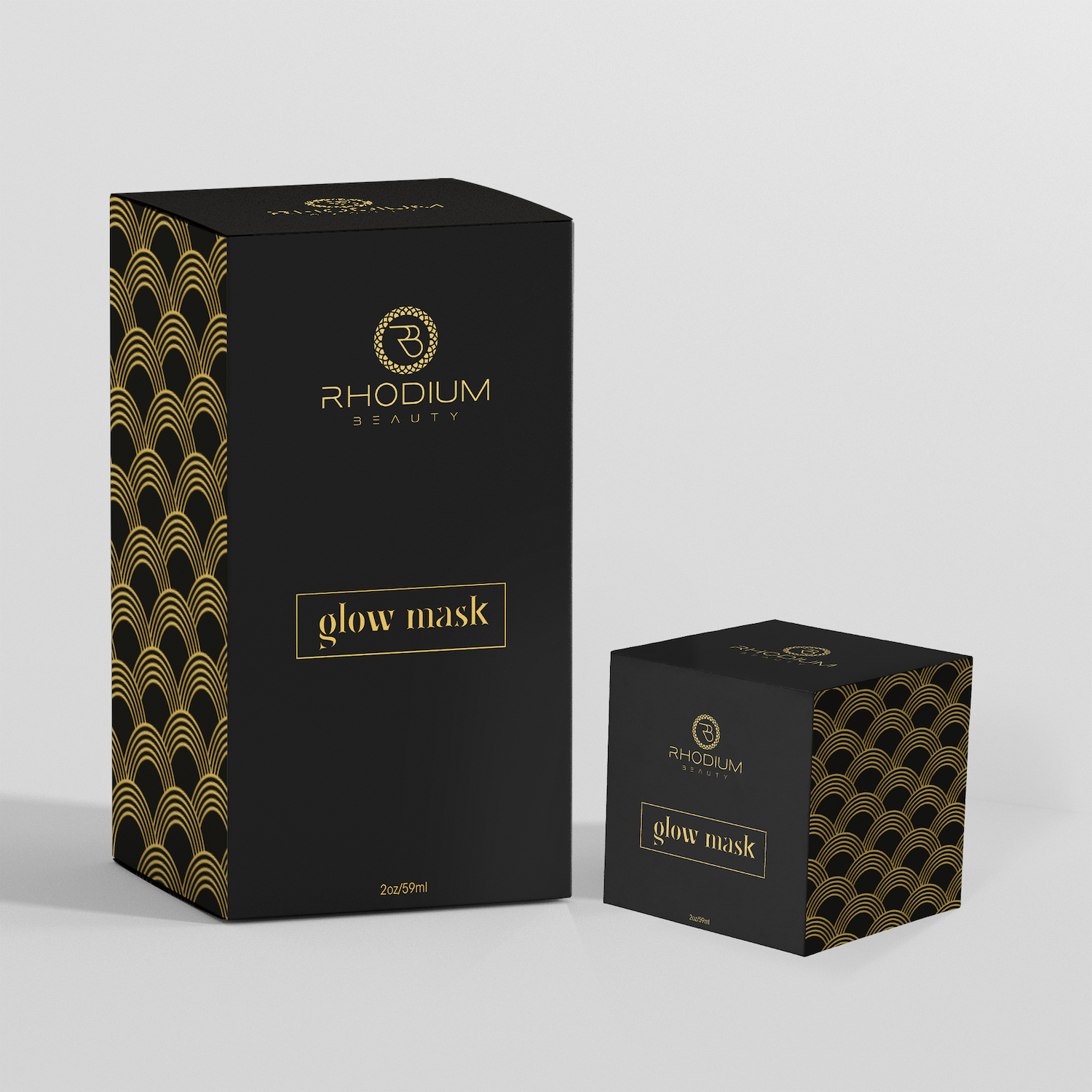



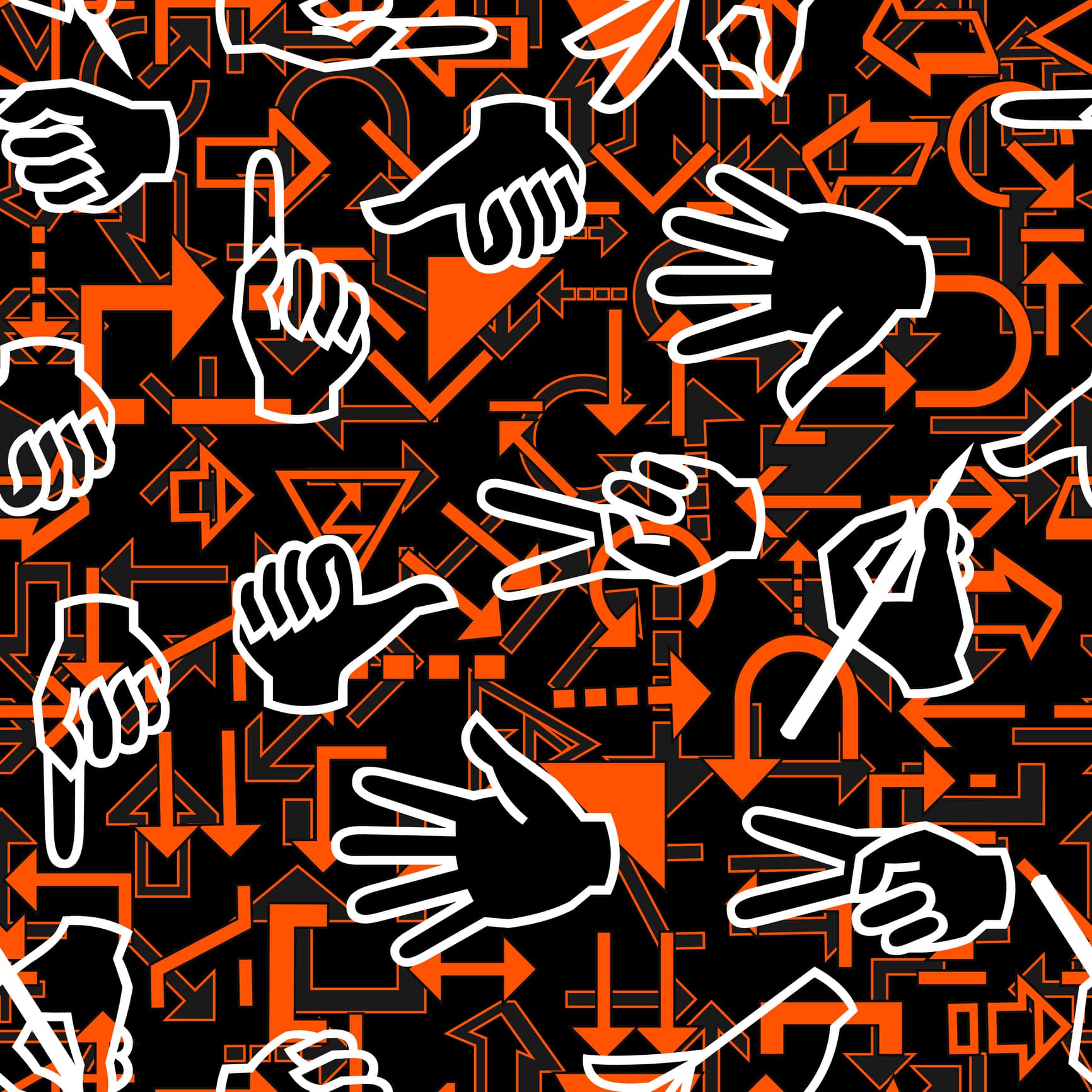
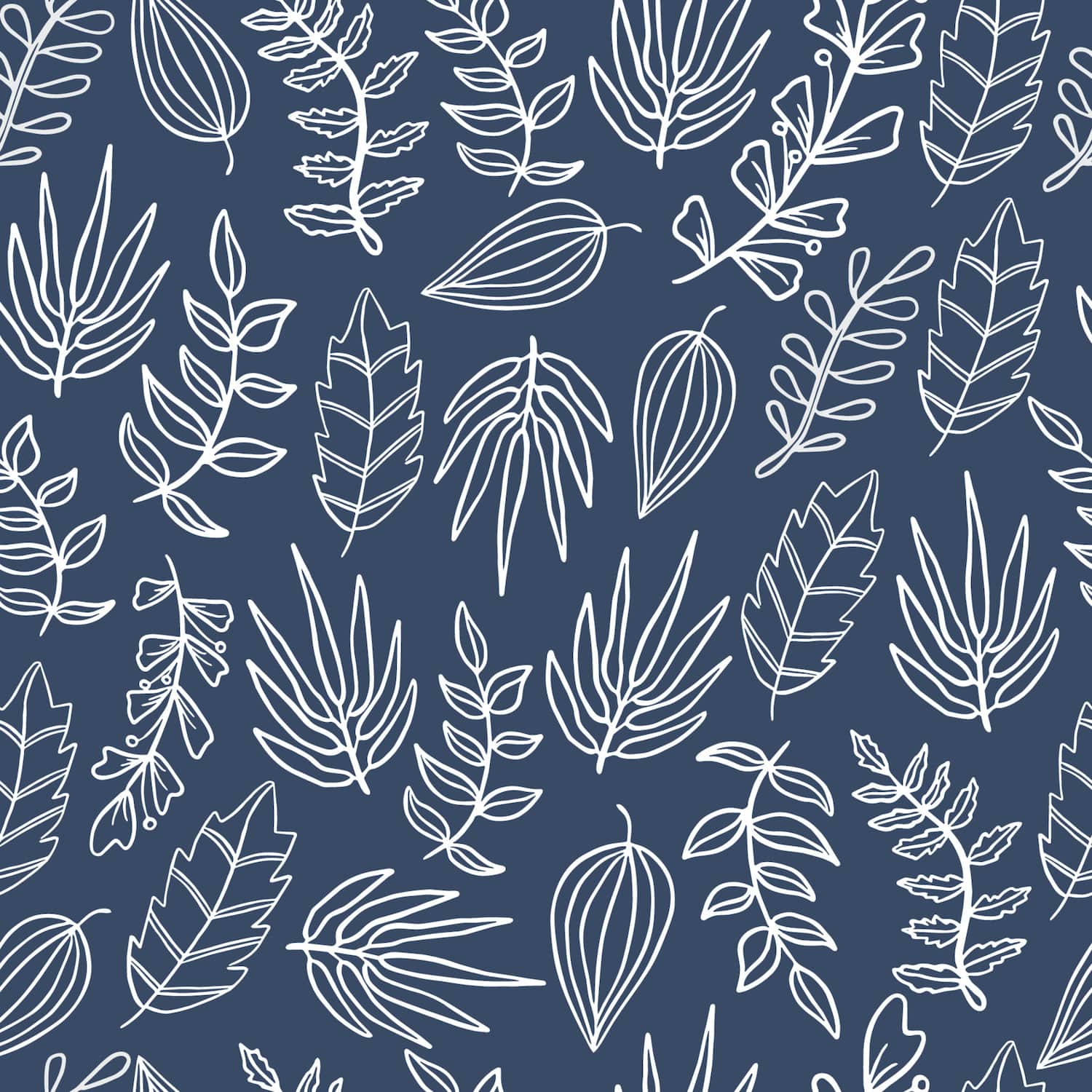 Tossed pattern
Tossed pattern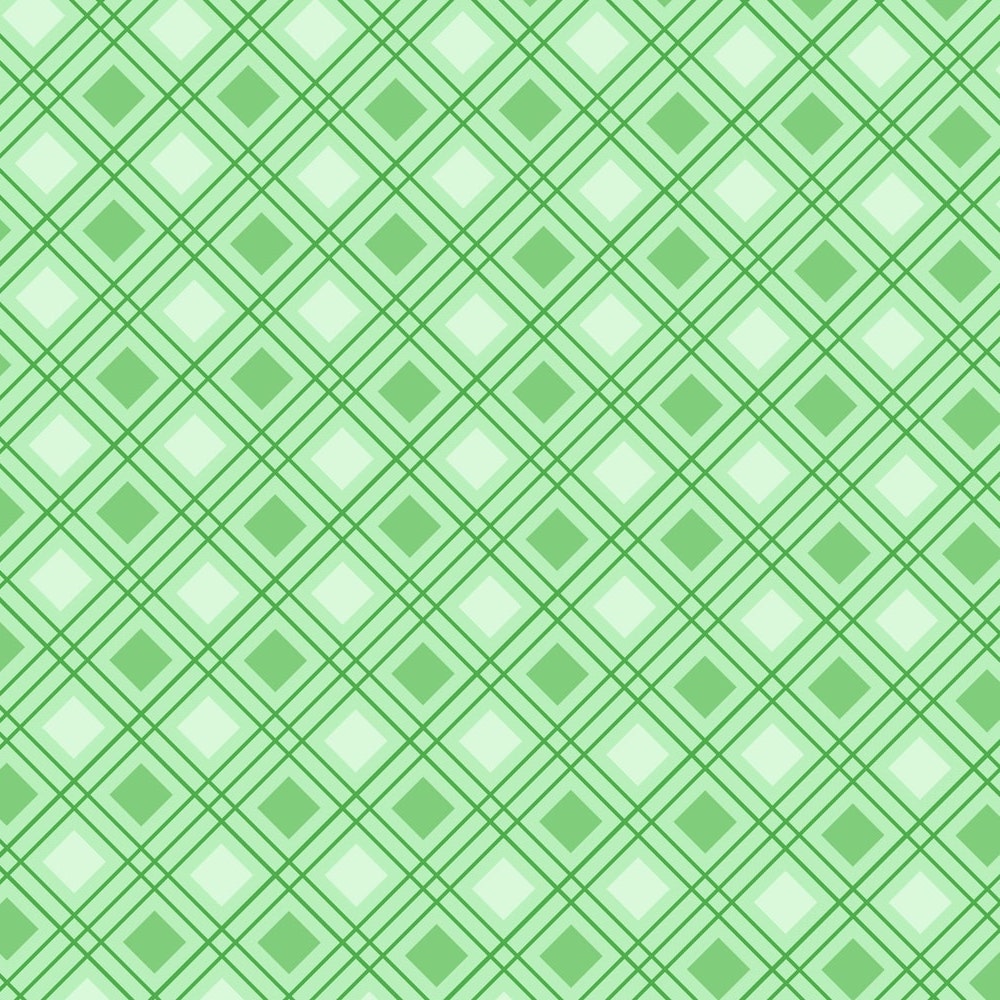 Straight or square repeat pattern
Straight or square repeat pattern Half-drop repeat pattern
Half-drop repeat pattern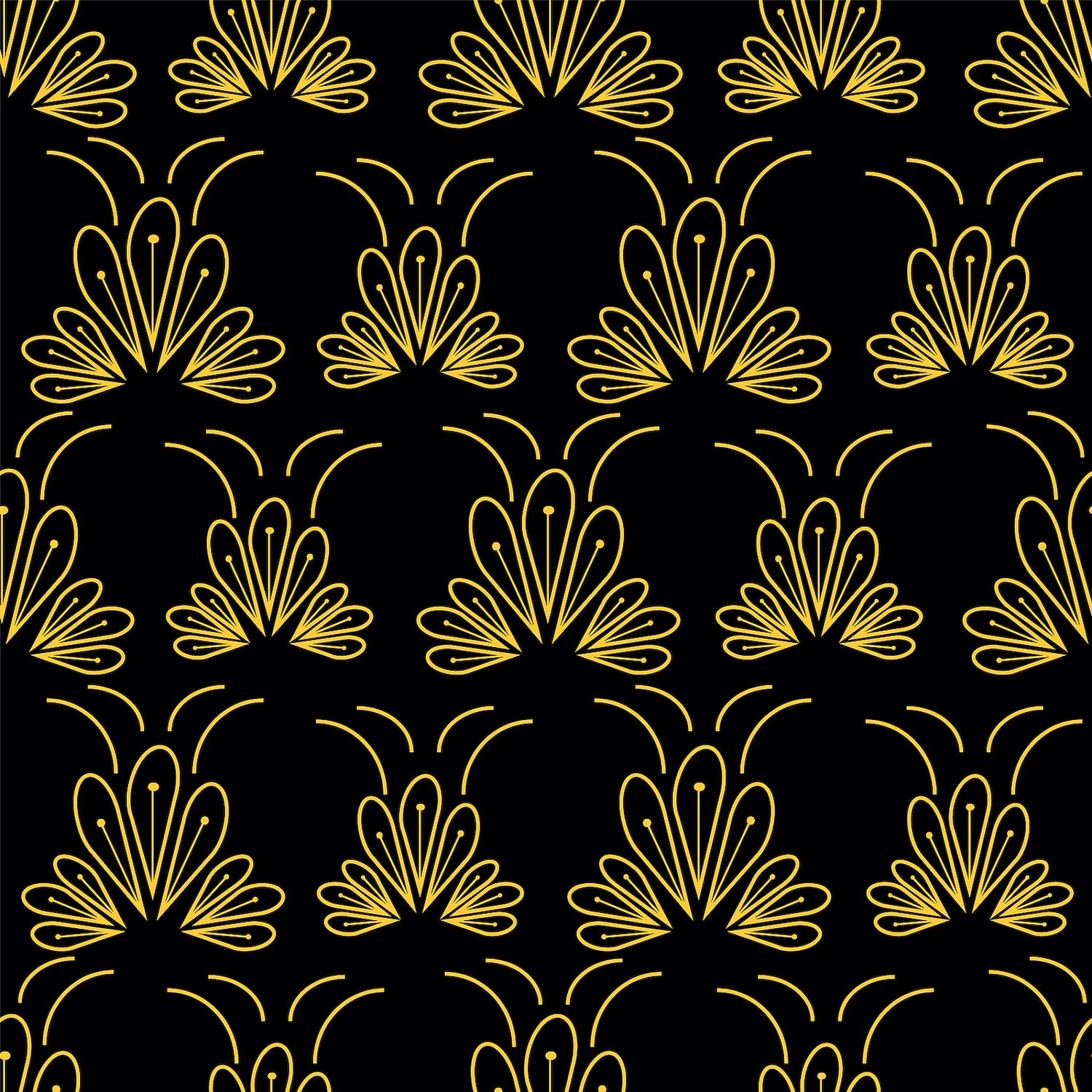 Brick pattern
Brick pattern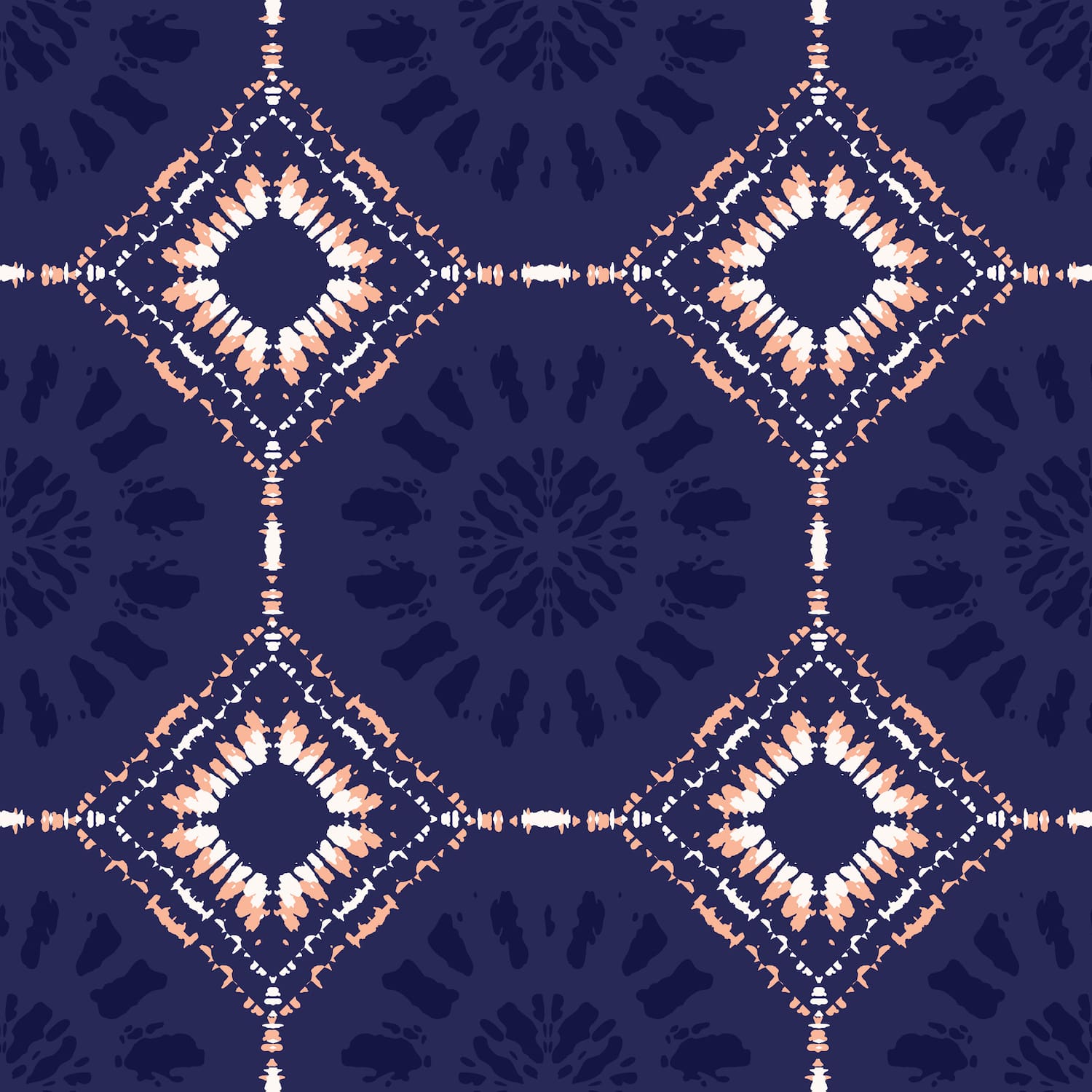 Mirrored repeat pattern
Mirrored repeat pattern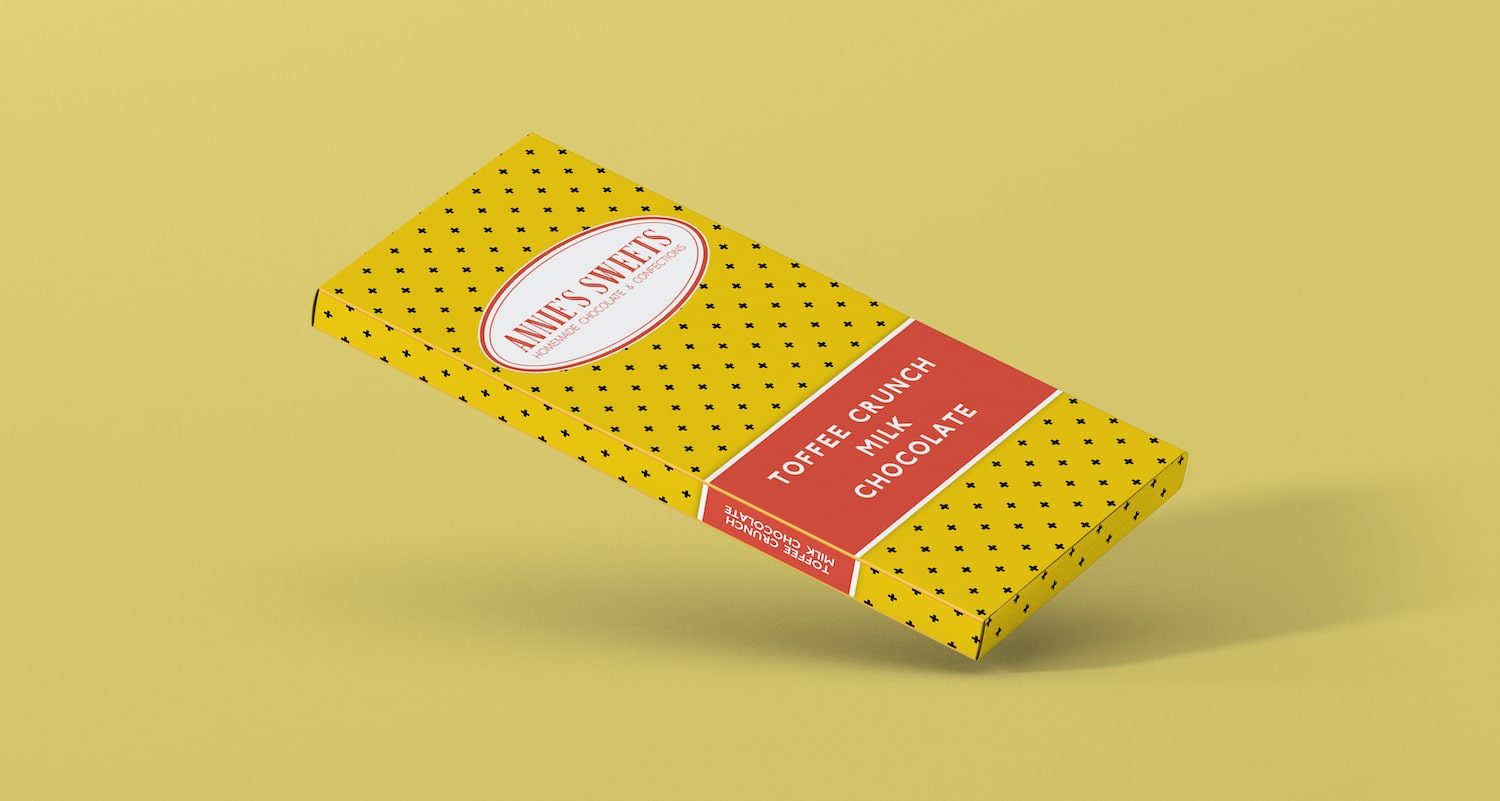
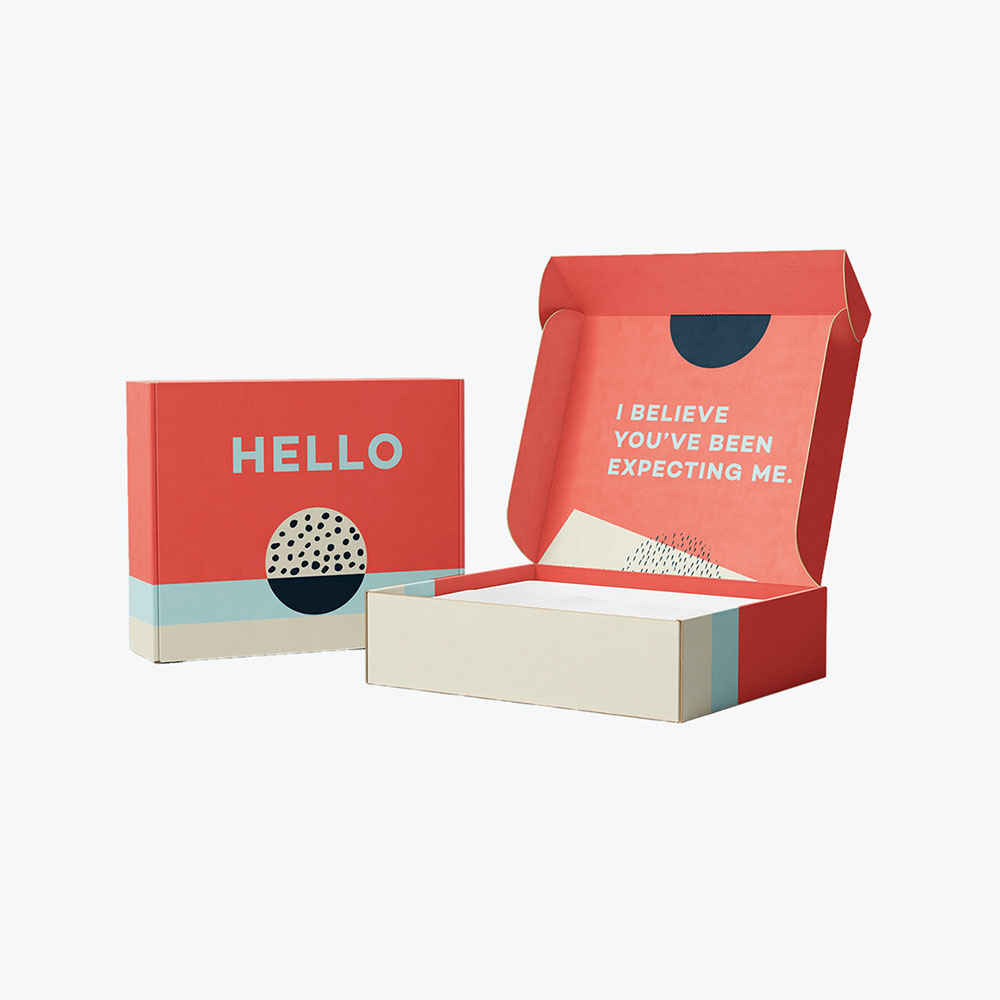
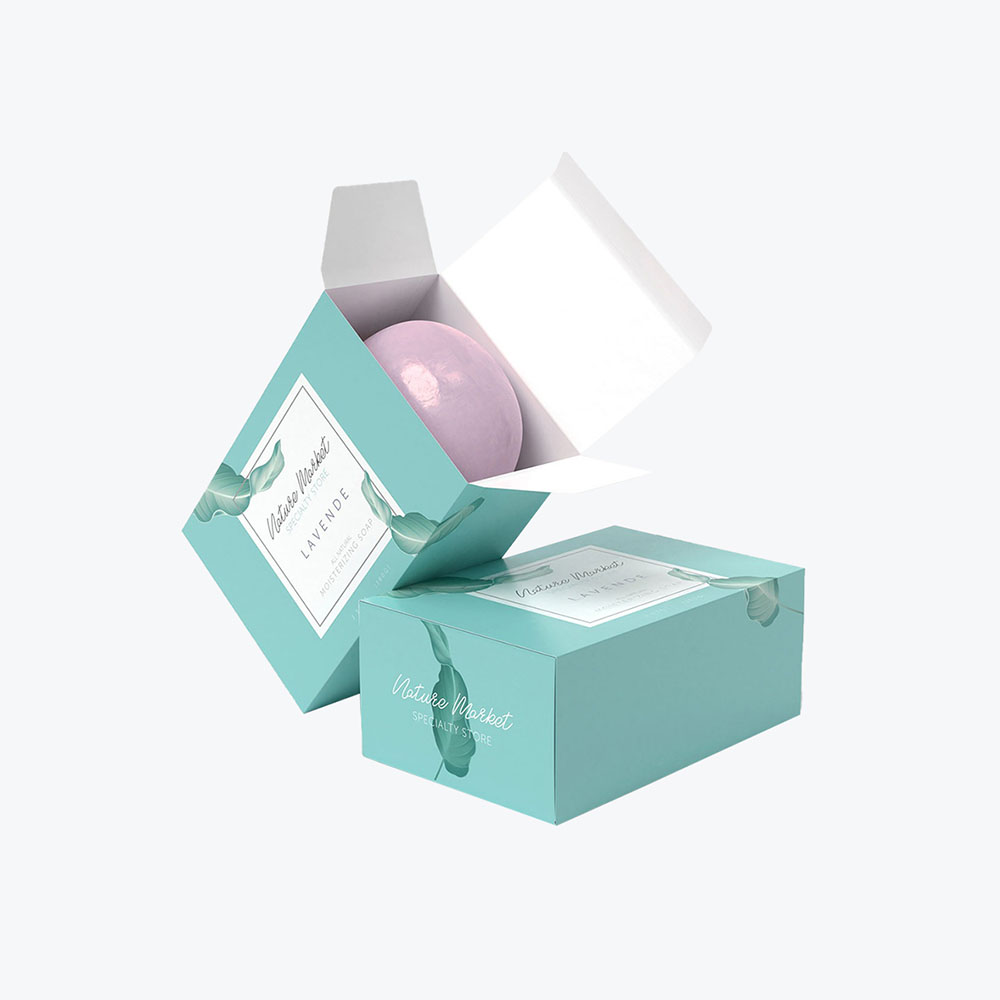
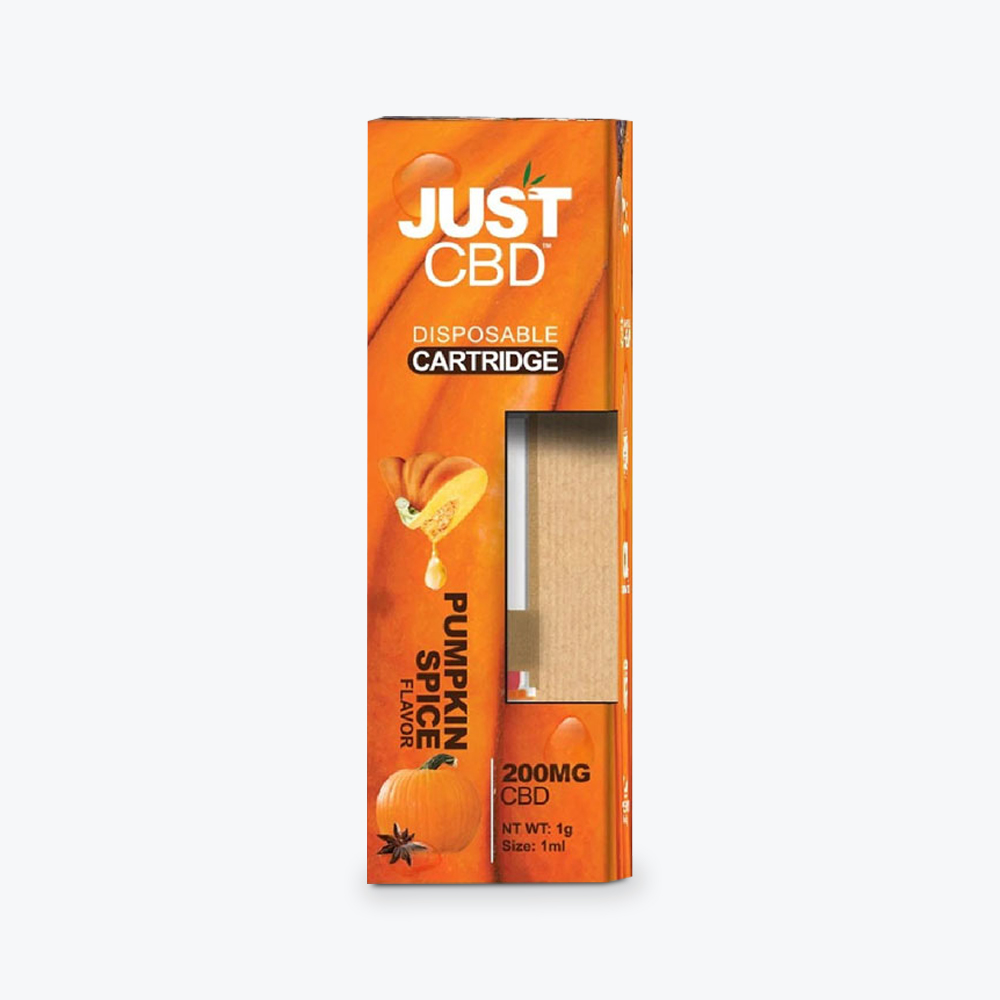
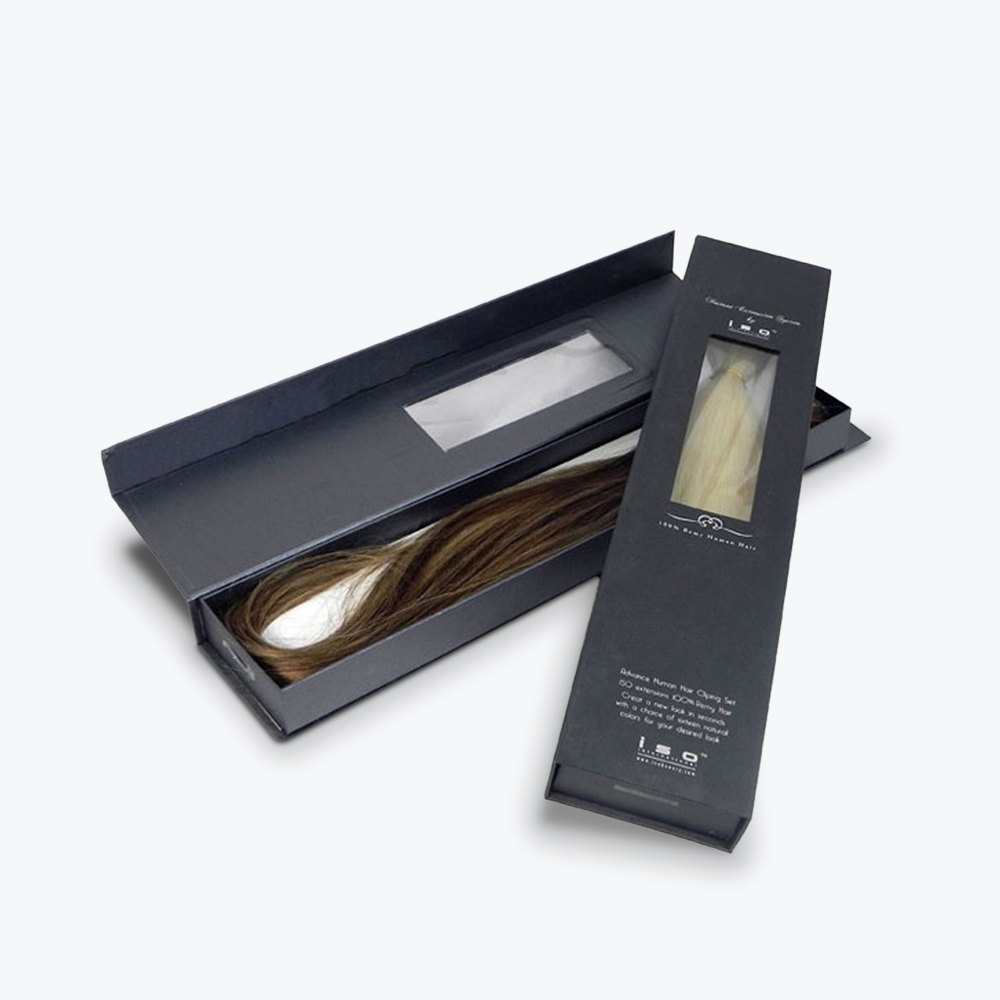


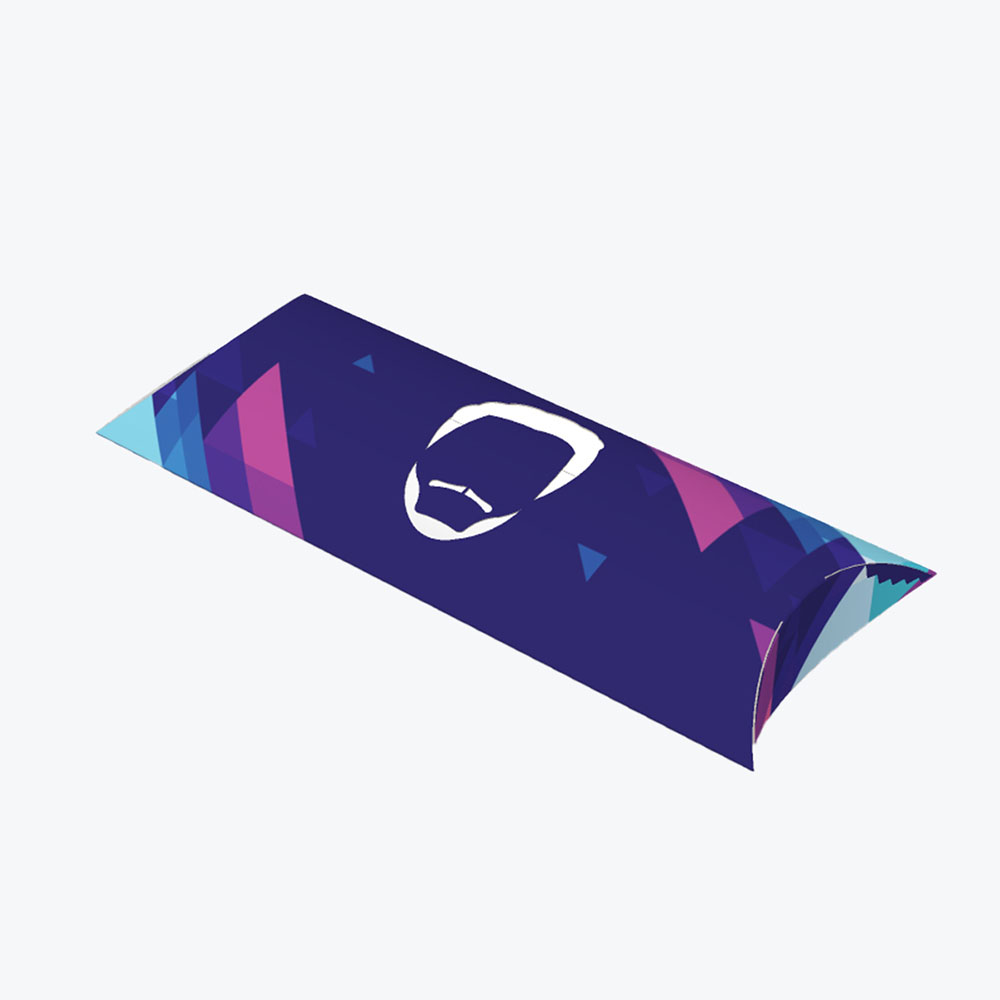

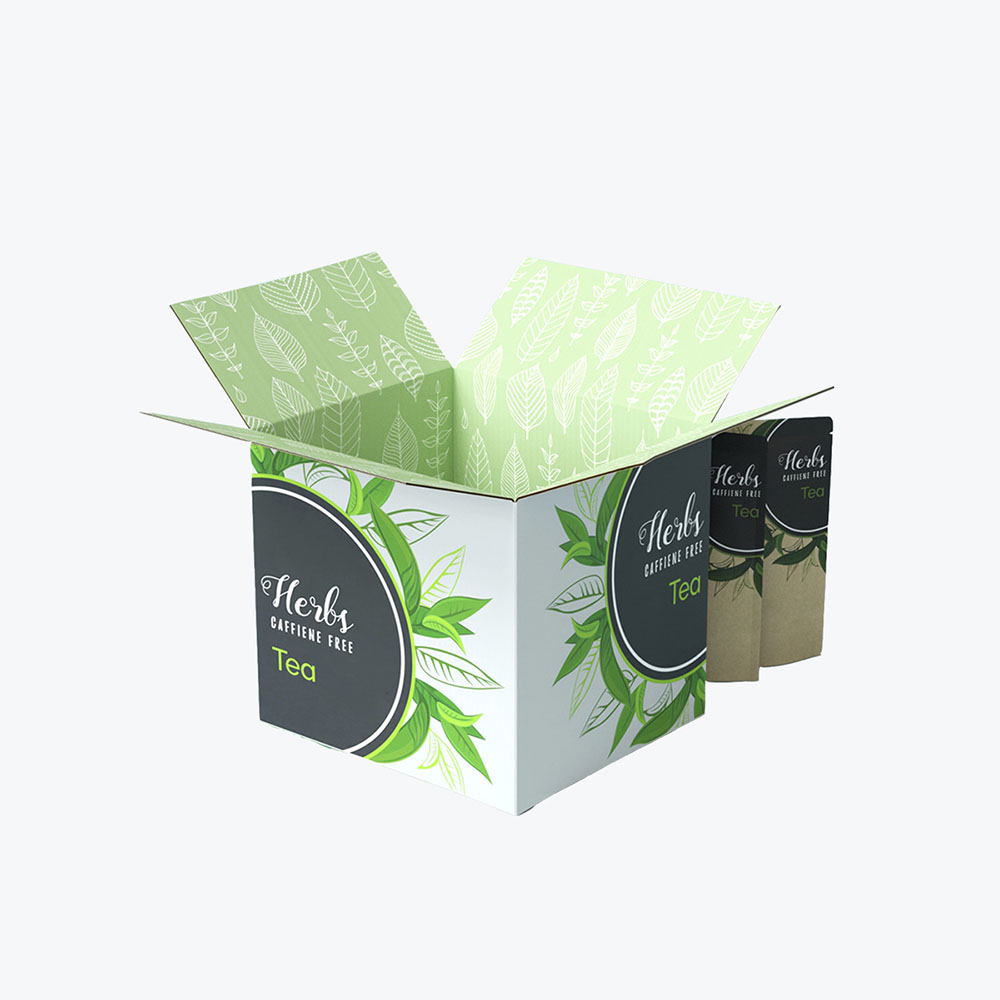

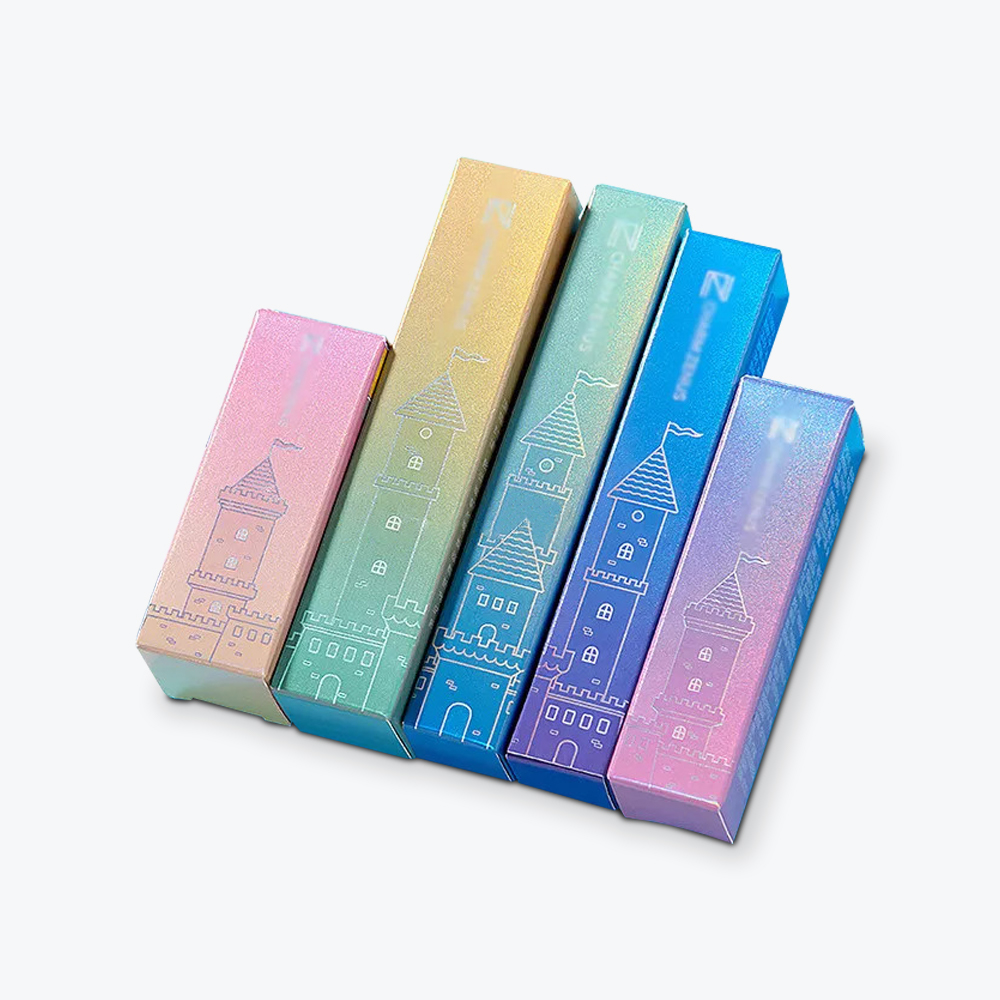

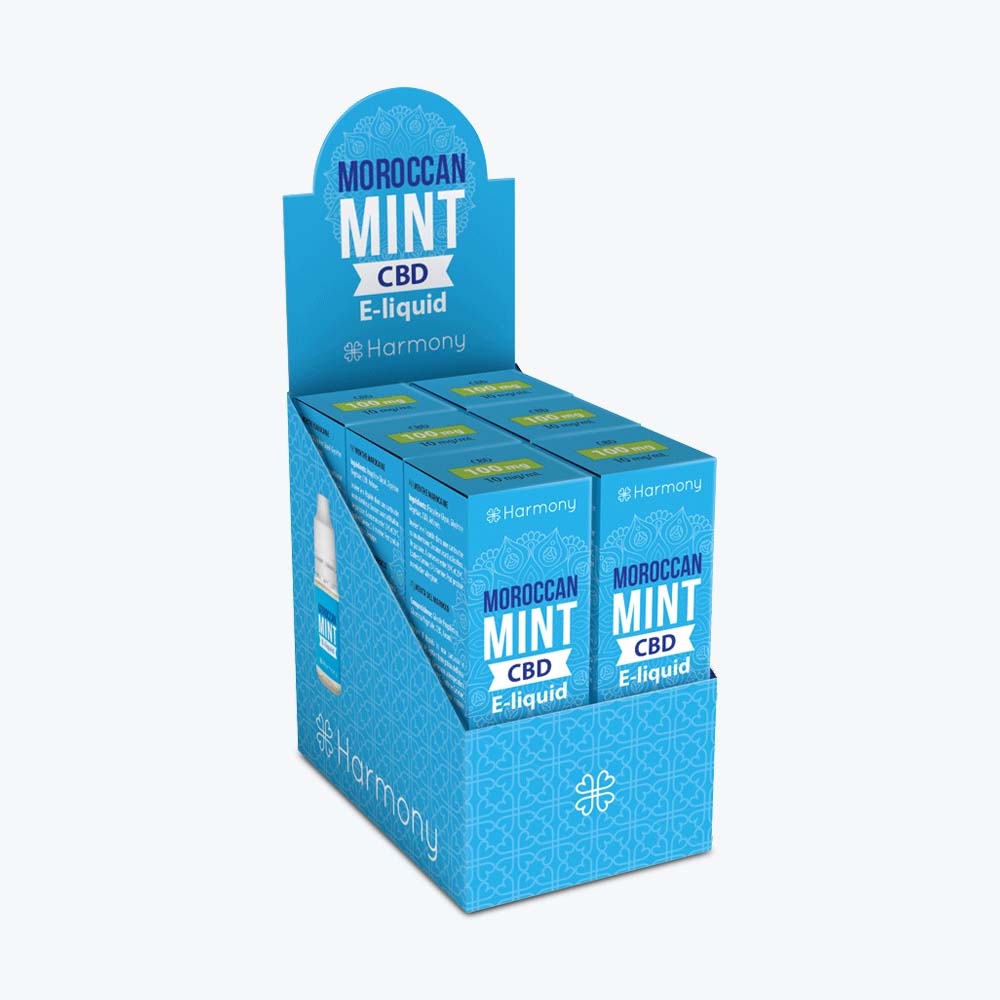
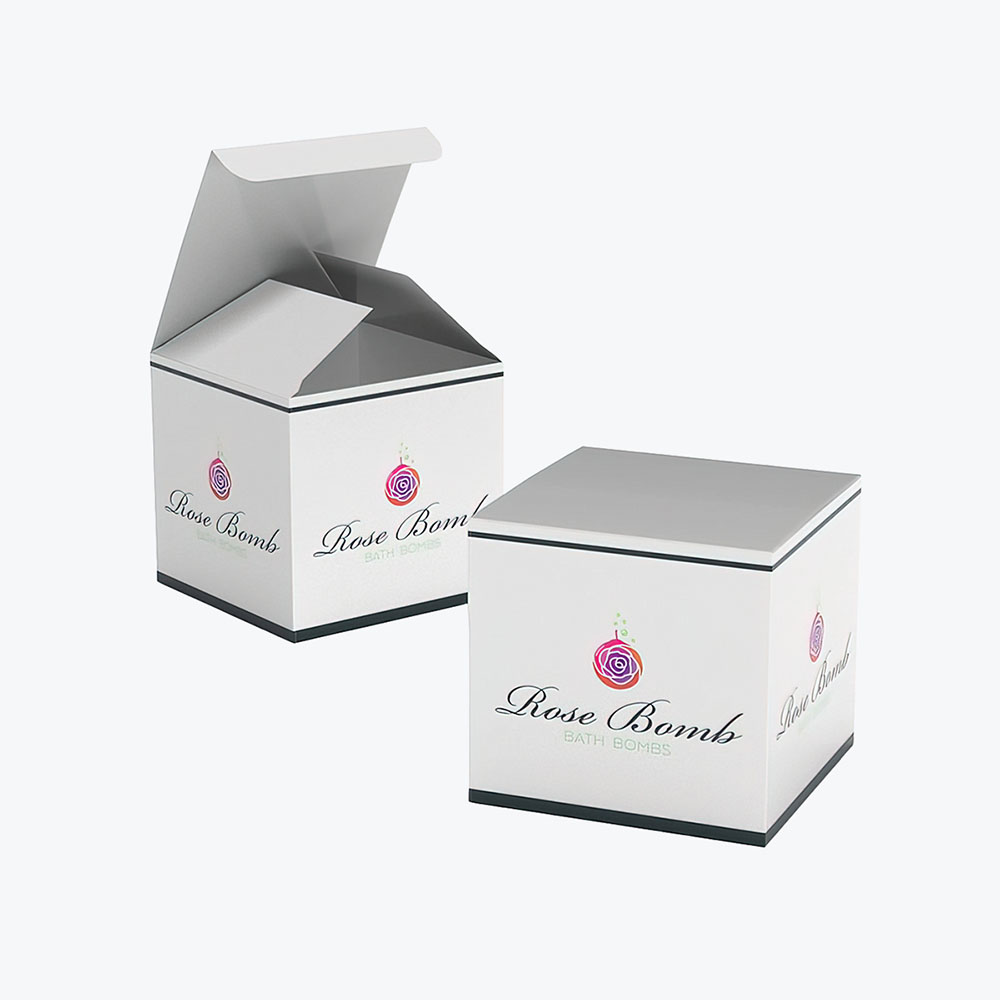
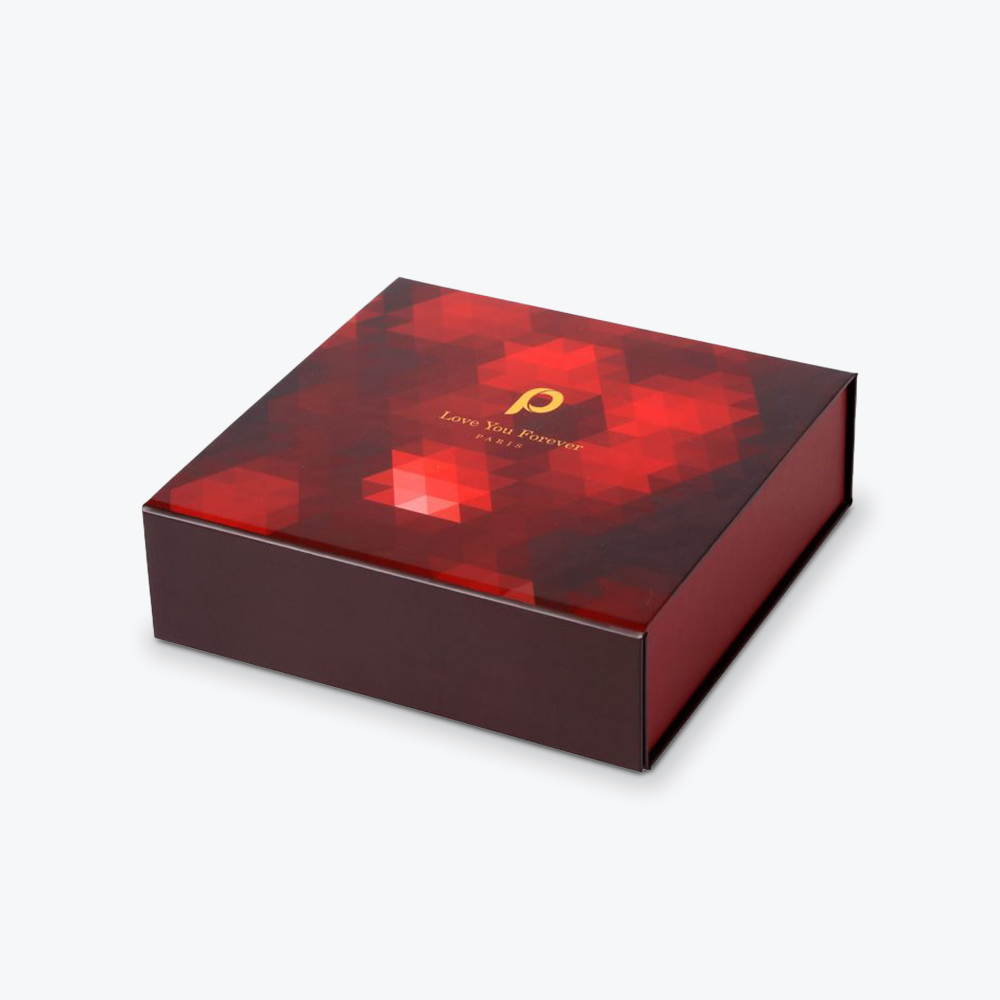
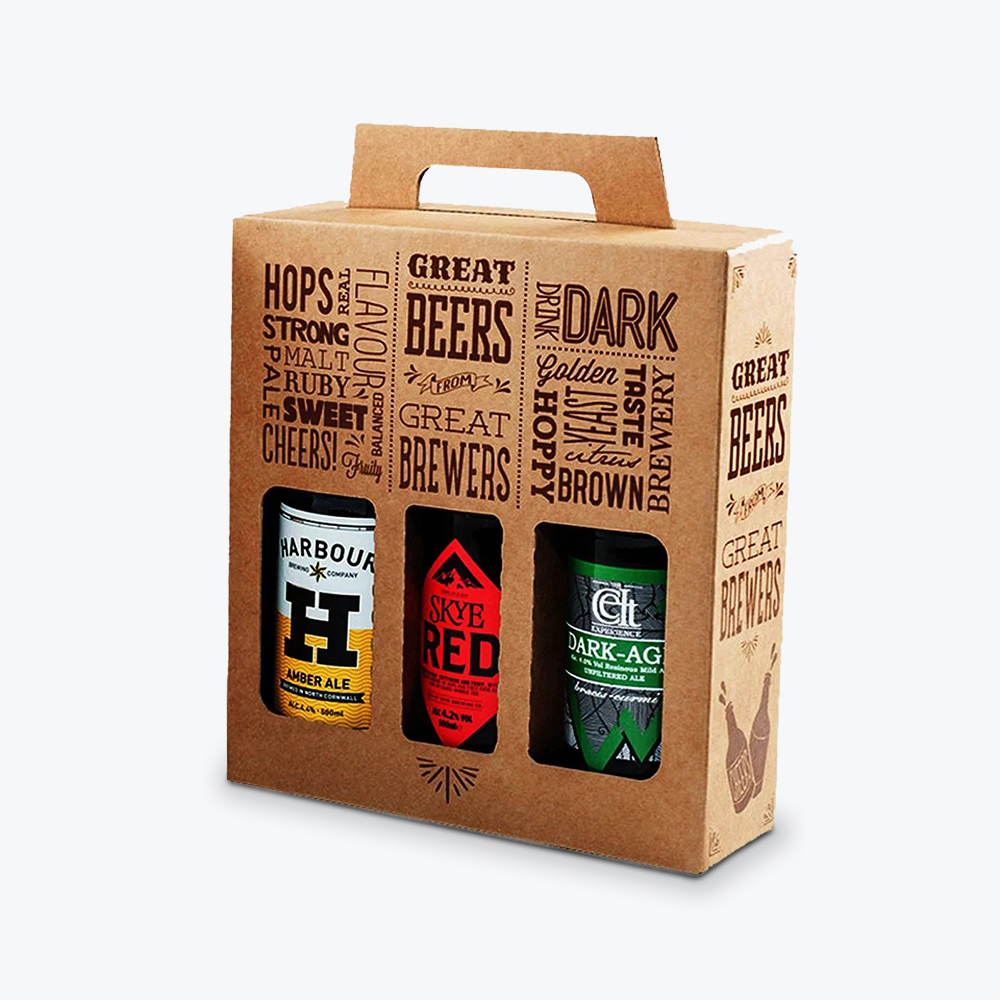
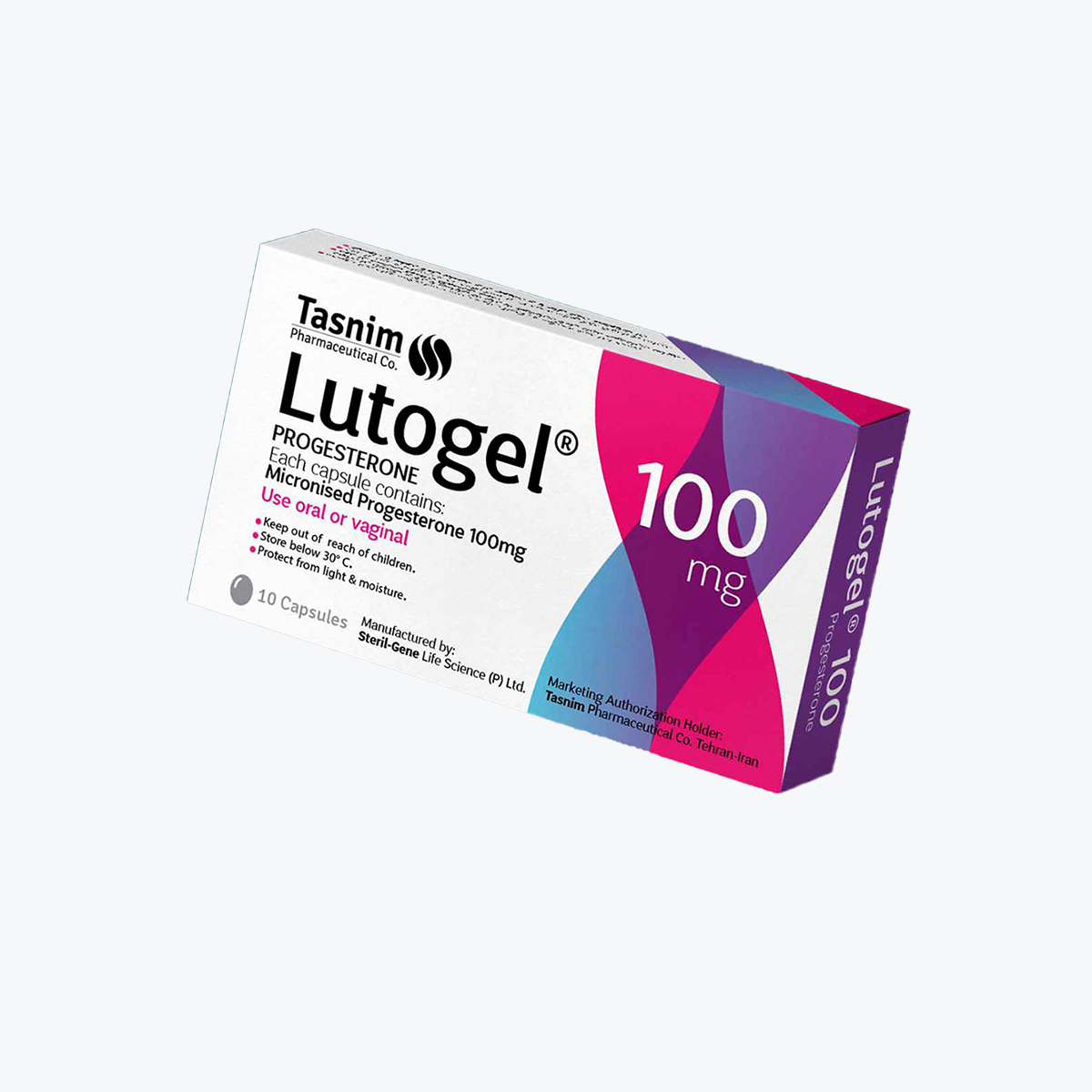
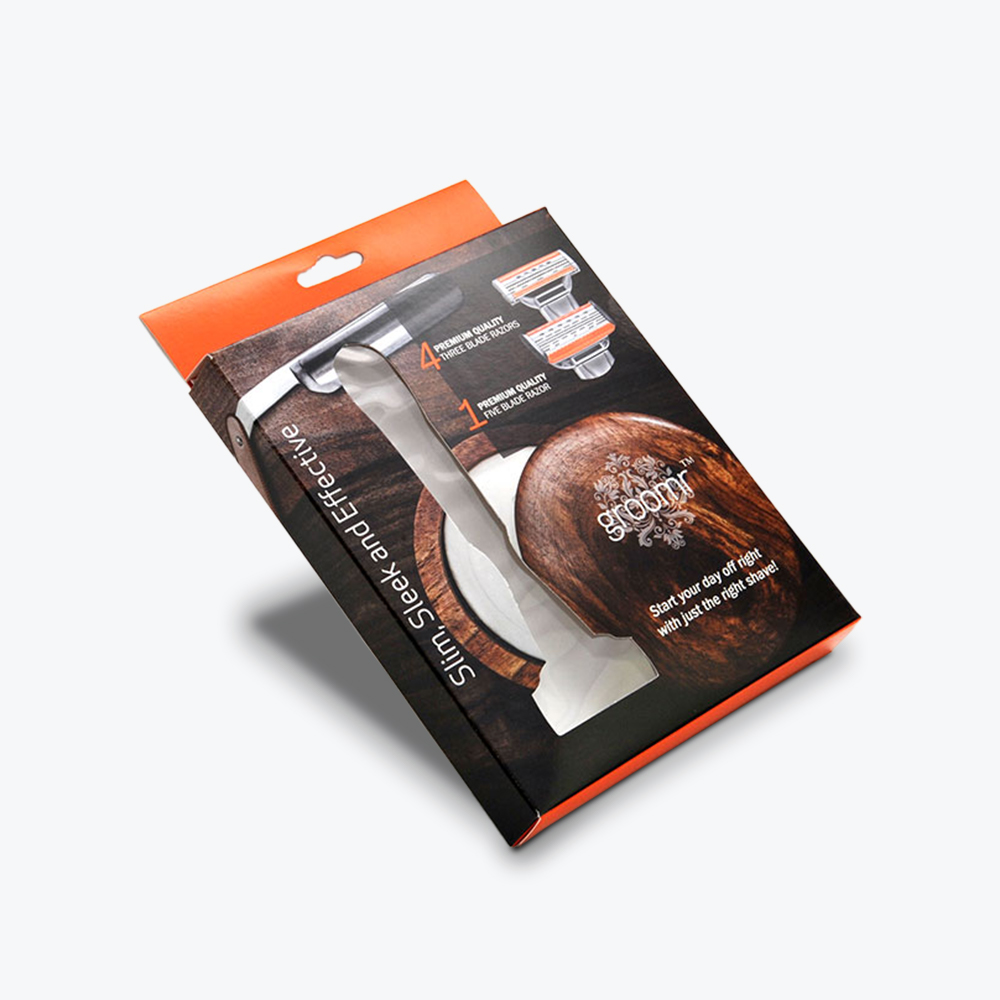
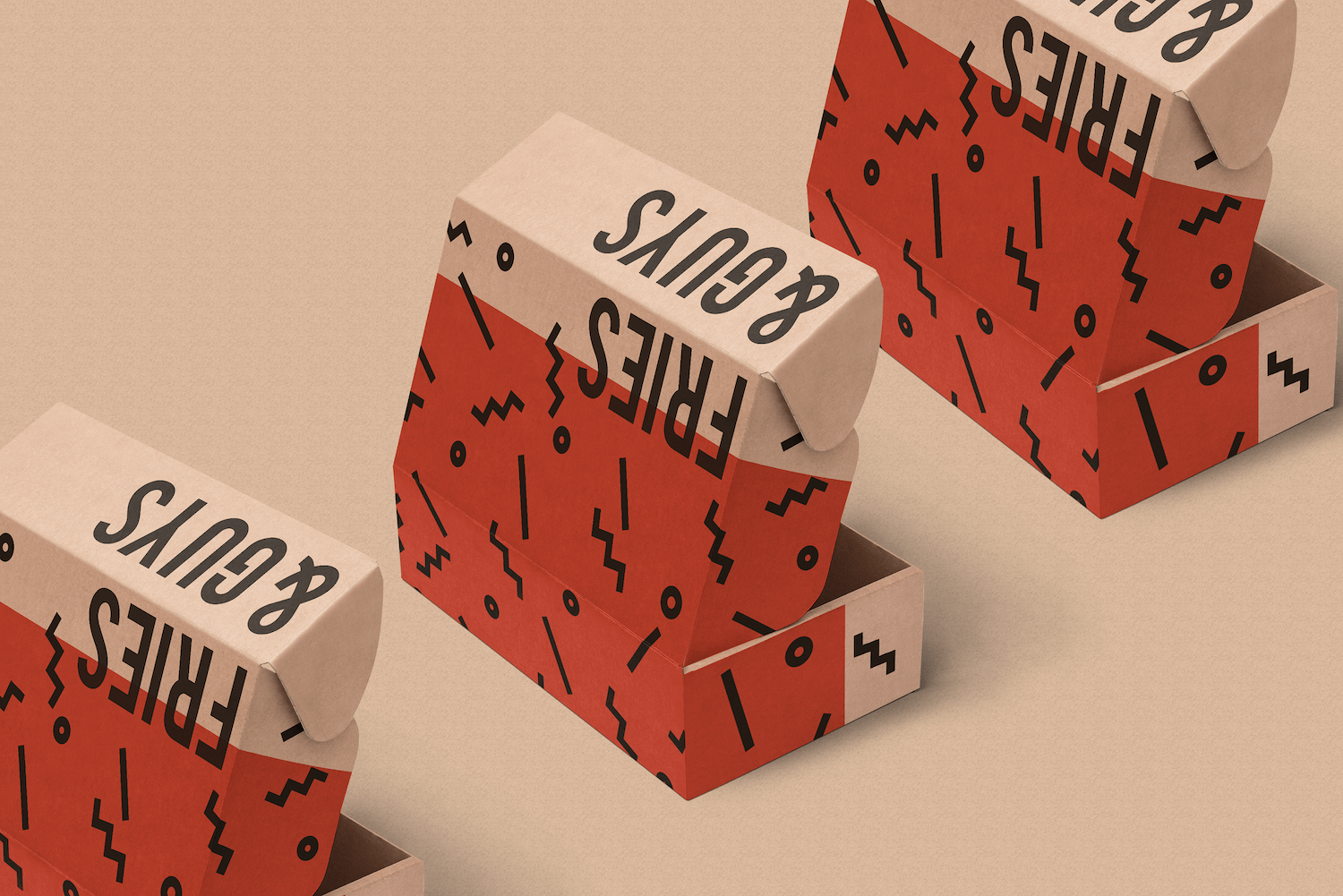
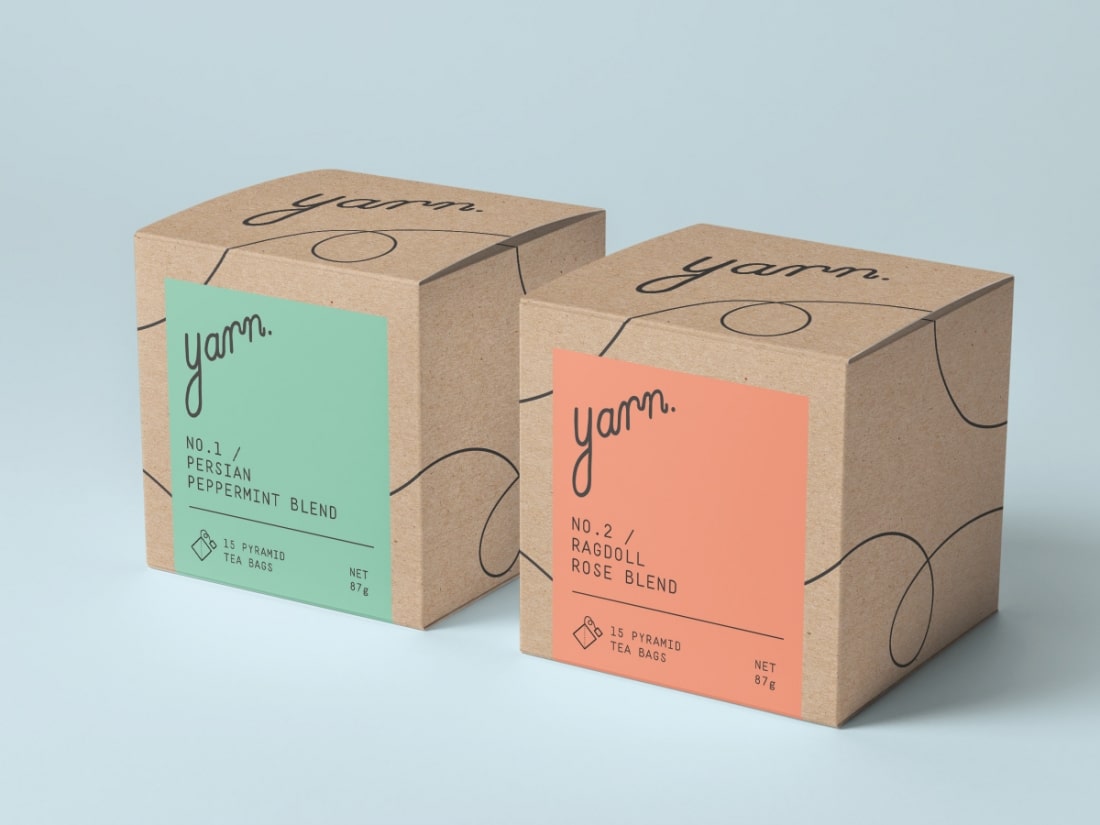
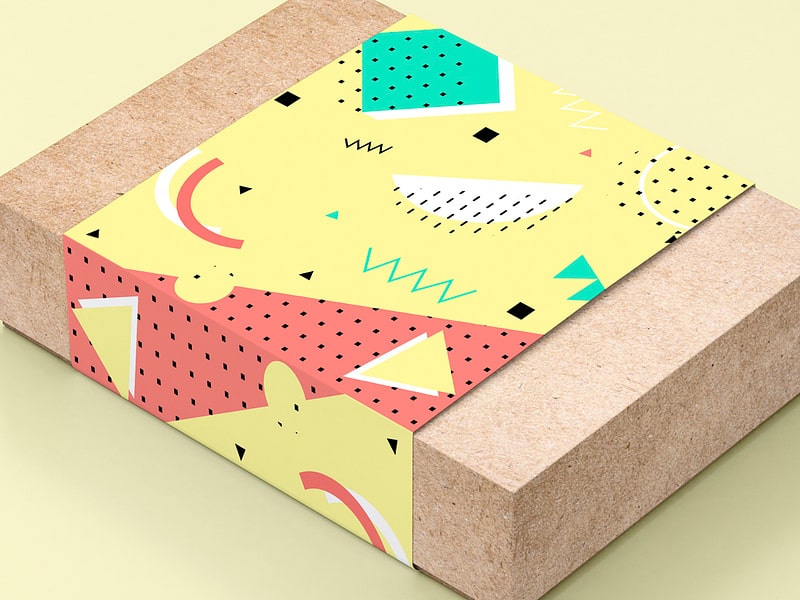
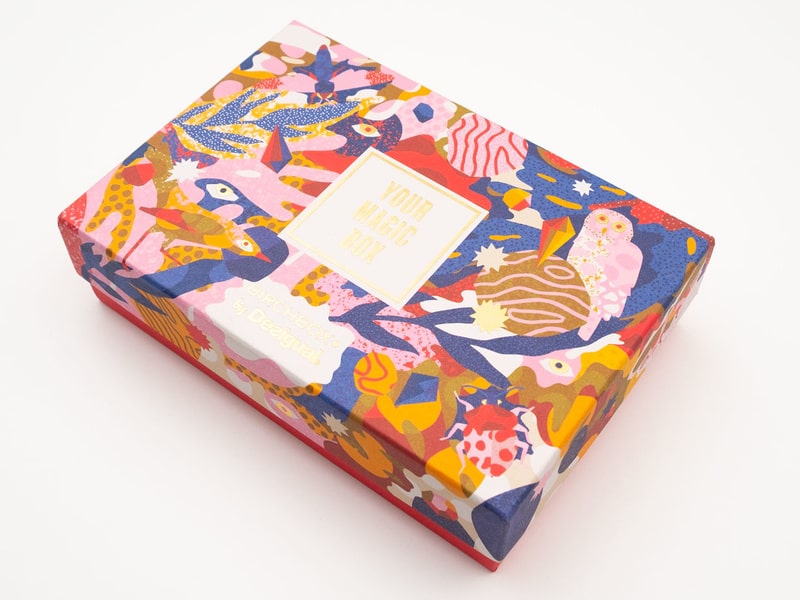
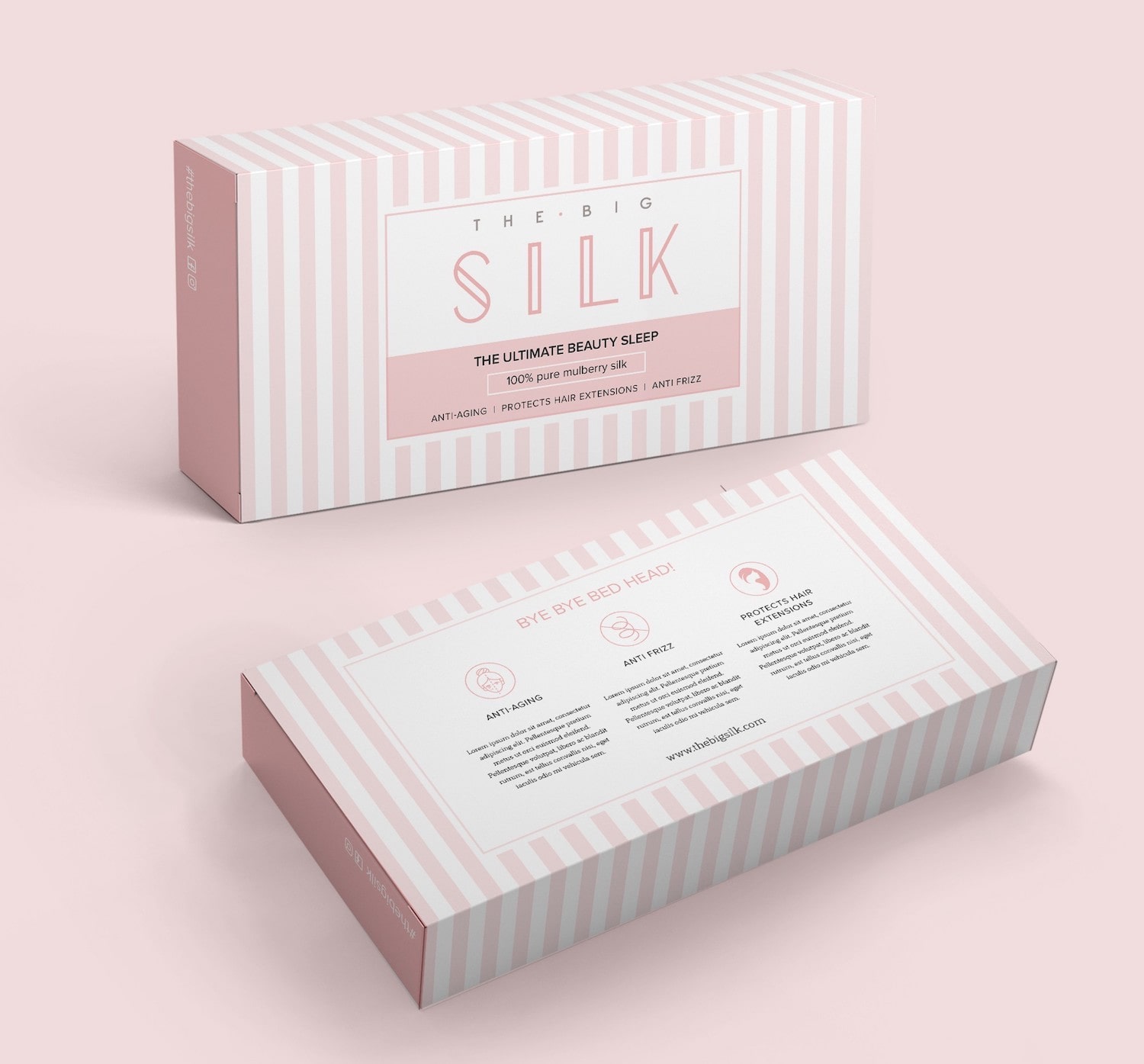



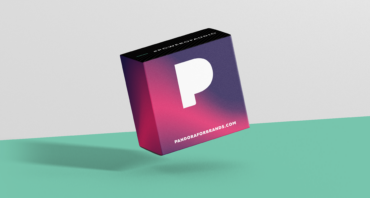



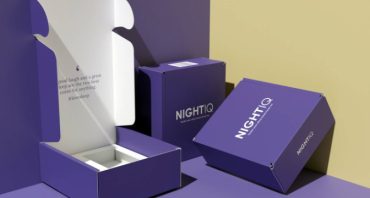

Share